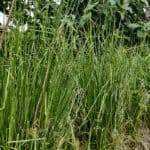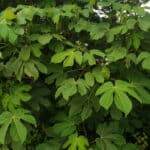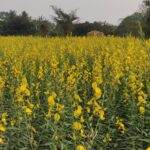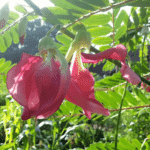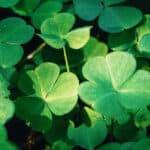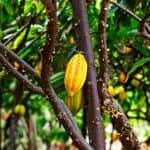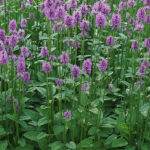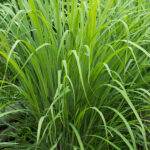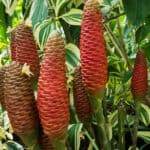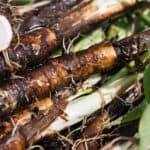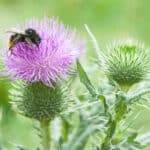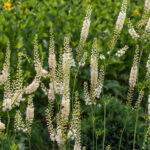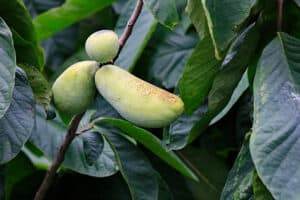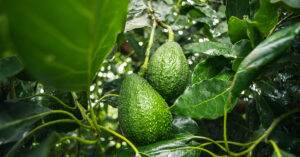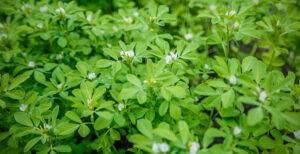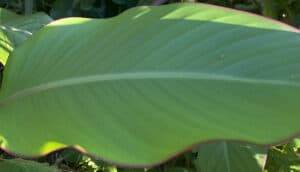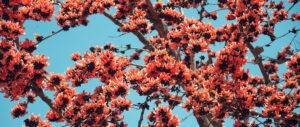Echinacea is a captivating perennial wildflower that has made a name for itself in nurseries and home gardens alike. This sturdy, upright plant boasts showy flowers that draw all kinds of wildlife throughout their extended bloom time (and beyond). Its wide adaptability and growth habit make it a perfect choice for seasoned gardeners and those who haven’t found their green thumbs yet. Echinacea is an easy – and valuable – addition to native gardens, flower borders, and your herbal apothecary.
Echinacea: A Floral Hedgehog?
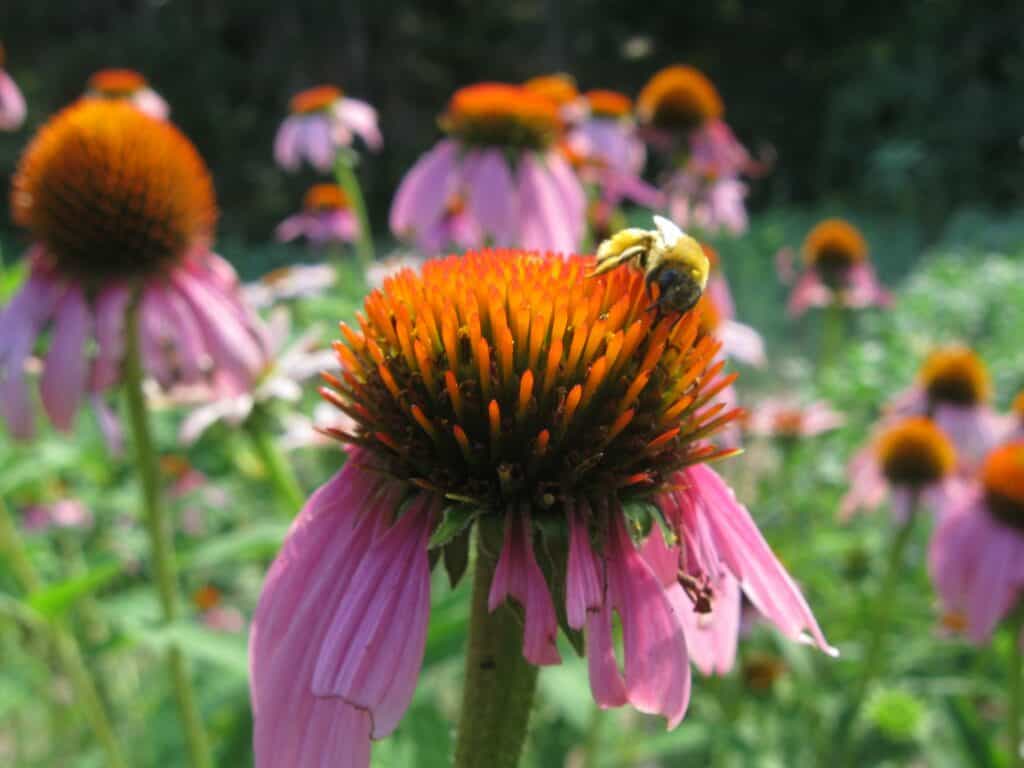
There are 10 species of naturally-occuring Echinacea, among them the Narrow-leaf Coneflower, Sanguine Purple Coneflower, and Yellow Coneflower. A couple (Tennessee Coneflower and Smooth Coneflower) have had such reductions in population as to be considered endangered species. Currently, the most popular of this group is Echinacea purpurea, Purple Coneflower.
Echinacea purpurea, a member of the Aster family, has a commanding presence at all stages of growth. From its coarse and scratchy, deep-green lance-shaped leaves grow forth rigid slightly-hairy stems that branch minimally. Atop those stems, the Echinacea flower is a meeting of opposites: 10-20 delicate lavender-pink petals surround a coppery domed spiky disk (The plant’s genus name is derived from the Greek echinos, meaning “hedgehog.). Coneflower plants grow 2-4 feet tall, and can span upwards of 2 feet wide. They bloom generously, from July to September, particularly if spent flowers are dead-headed.
Echinacea once grew abundantly in the full sun of prairies, meadows, and open woods. Their presence in the wild is less commanding now, however, largely due to overharvesting for medicinal purposes.
Echinacea’s Medicinal Evolution

Native to the Eastern United States, Echinacea, and particularly the Narrow-Leaved Purple Coneflower, was the most broadly and commonly used medicinal plant of the Plains Indians. They used all parts of the plant to treat a wide range of ailments: pain, coughs, colds, tooth aches, snake bites, wounds, and diseases such as mumps, smallpox, and measles. Lewis and Clark described and documented the plant in journals over the course of their expedition, citing it as having “roots highly prized by the natives as an efficacious remedy in cases of the bite of the rattlesnake or mad dog.”
Early American settlers and traders were quick to adopt the usage of Echinacea, and it became increasingly popular. Its widespread pharmaceutical use is attributed to Doctor H.C.F. Meyer, who, in the late 1870s, began to prepare and sell tinctures of Echinacea root. Meyer sent samples of the root to several others in the medical community, including the owners of Lloyd Brother’s Pharmaceutical firm in Cincinnati. By the late 1880’s, this firm began large-scale production and distribution of Echinacea tinctures and concentrates. For decades, Echinacea maintained its popularity throughout the United States. It wasn’t until the 1930’s that it began to fall out of favor, as more effective anti-infection treatments began to be introduced.
Research continues into the medical usages and efficacy of Echinacea, particularly around its stimulative effects on the immune system.
Propagation & Planting
Site Selection (Zones 3-9)
Here’s the good news: Echinacea is extremely forgiving! This hearty plant can tolerate poor soil, but needs decent drainage; it won’t thrive in wet or mucky earth. Echinacea prefers full to partial sun, and, once established, does well without consistent watering (though, as with so many plants, an inch of water per week is ideal). It makes a great companion plant with Rudbeckia, Monarda, or Salvia.
Seed
Echinacea self-seeds almost too well in the early Fall, and can sometimes crowd itself out. You can collect those seeds yourself as the spent flowers dry into brown spiky orbs. Leave some seed heads behind, as the gold finches love to feed on them.
Note: Seeds collected from hybrid varieties will not produce plants true to their parent type.
Echinacea seeds have a minimum germination temperature of 70 degrees. They can be direct sown in the Fall (after a hard frost) or early Spring, and covered with a ½ inch of soil. Seedlings will sprout in the Spring, and need to be thinned to 18-24 inch spacing. Alternatively, you can start seeds indoors in trays or pots. Some varieties seem to need a period of cold stratification (2 weeks in the refrigerator ought to do it!) before seeding. Plants grown from seed are not likely to produce flowers until their second season.
Division
While Echinacea’s roots do multiply, they do so at a relatively slow pace, and should only be divided every 3-5 years. In late Fall or early Spring, dig up the root mass as gently as you can (Echinacea’s roots are sensitive to disruption). Using a shovel, garden knife, or pruning saw, divide the mass in half or thirds. Replant your roots to their original depth at a spacing of 18 to 24 inches, and water in well.
Transplants
Echinacea transplants are widely available at nurseries and garden centers. These include the naturally-occurring species, as well as a growing variety of hybrids. Hybridized varieties often feature larger blooms in brighter, flashier colors. It can’t be assumed, however, that hybrids have the same medicinal properties as some of the wild varieties.
Seedlings can be planted out in late Spring or early Summer at a spacing of 18-24 inches. Be careful not to disturb their roots during planting, and give each seedling a good watering in.
Echinacea Growth & Care
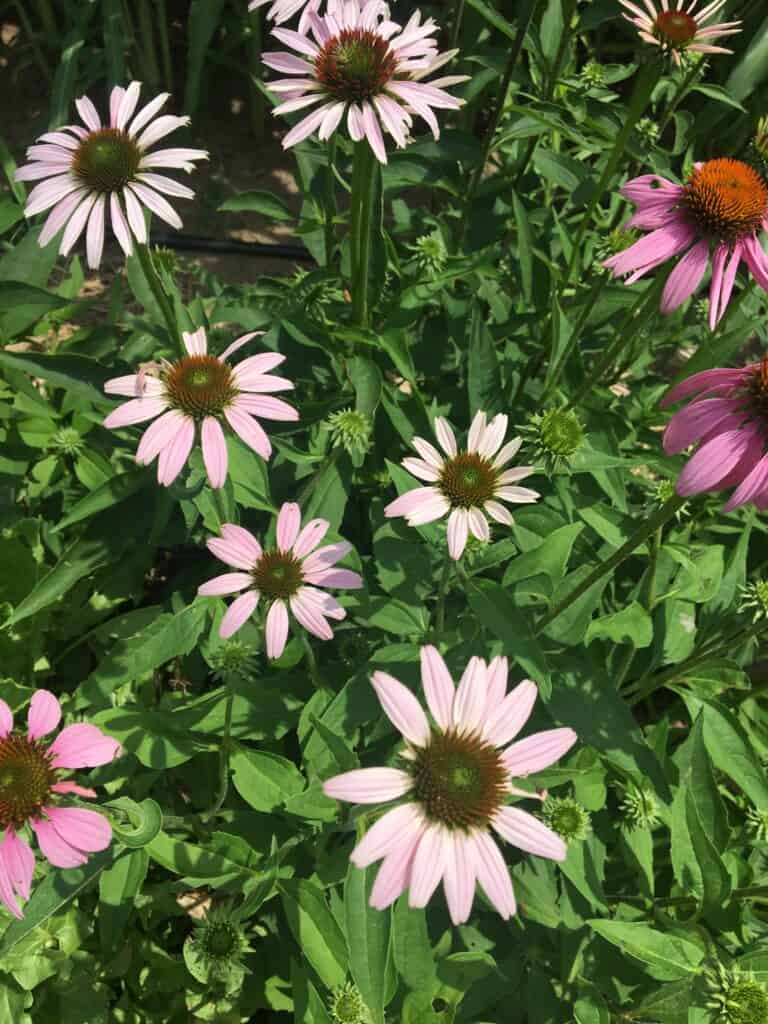
Mulch
Apply a mulch of finished compost at planting time. (Take care not to bury the stem.) Echinacea can put on quick floppy growth if over-fertilized, but it appreciates this slow-release boost of fertility.
Weeding
Once established, Echinacea is pretty competitive. As with any planting, however, it’s good to keep it clear of grasses and other perennial weeds.
Pruning/Dead-Heading
Dead-heading your flowers can extend bloom time further into late Summer. You can still achieve brilliant blooms without doing so, and leave more seeds for the birds while you’re at it. Keep those seeds available all Winter long by waiting to cut stems back to the ground until early Spring.
Pest Management
More good news! There aren’t many pests willing to contend with Echinacea’s hedgehog nature. Slugs, snails, deer, and rabbits may find its early leaves soft enough to dine on, but quickly lose interest once the plants have grown. Japanese beetles are willing to make a meal out of Echinacea leaves occasionally, very rarely to the point of defoliation. There are traps and lures available for slugs and beetles, but it’s doubtful you’ll need them.
Disease
Powdery mildew is the main disease that affects Echinacea, and in some years it’s just inevitable. Good plant hygiene and increased airflow keep it from being a perennial problem. A foliar spray of diluted neem oil (mixed with castile soap as an emulsifier) can also help keep powdery mildew at bay.
Whole Plant Harvest
Leaves
Echinacea leaves are medicinal, and should be harvested young. They can either be dehydrated for tea or tinctured fresh (see below).
Flowers
Echinacea’s strong stems and long-holding blooms make it an excellent cut flower. In early bloom, Purple Coneflower’s pink petals reach horizontally. As the flower opens, the petals begin to point downward and the central spiky disc rounds and gains its bright coppery orange color. At all stages of bloom, Echinacea is a dramatic and beautiful flower.
Seeds
Once the flowers are fully spent, their seed heads will dry into a dark brown spiny orb the size of a cotton ball. Cut the seed heads from the plant, and bring indoors to fully dry. As the seed head becomes brittle, the seeds release easily. You can shake them into a paper bag or push the spines back and forth, allowing the seeds, triangular with spikes on the ends, to fall out. Seeds should be stored in a cool dry place.
Roots
Echinacea roots are prized for their antiviral and immune boosting properties. Harvest roots in the Fall, from plants at least three years old. Gently uproot the plant using a garden fork, and shake the excess dirt away from your root mass. You can choose whether you selectively harvest older roots and replant the newer shoots OR harvest entire plants to thin your patch. Echinacea roots take several washings and scrubbings to get fully clean. Roots can be dehydrated for later use or processed immediately.
Note: All wildly-occurring Echinacea species have taproots, with the exceptions of E. purpurea and E. laevigata, which have more fibrous and tentacled roots.
Blooms to Roots Usage

Echinacea, used medicinally, is most effective at the very onset of infection symptoms. It is not recommended for preventative care, as it stimulates the immune system unnecessarily.
Echinacea Root Tea: Simmer 1 tablespoon dehydrated Echinacea root in 1 cup of water for 15-20 minutes. This tea is earthy and bitter, and can be additionally flavored with honey, peppermint, elderberry, or ginger.
Rosemary Gladstar’s “Whole Plant Echinacea Tincture” is made by harvesting the various parts of the plant over the course of the season – first the young leaves, then flowers in prime condition, and finally the roots – and submerging them in 40-60% ABV alcohol in a glass mason jar. The jar should be kept in a cool dark spot, and agitated frequently for one to two months. Then, strain the plant parts out, and use the tincture when you begin to feel ill.
Closing Thoughts

Echinacea’s spiny sandpapery-ness speaks to its strong and sturdy nature. It’s a hearty plant, and provides an ego boost to even the most tentative of gardeners. And yet, it also manages to be delicate, beautiful, and truly nourishing. A paradox of a plant, it appears to be with us for the long haul. May its popularity continue!





